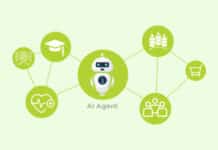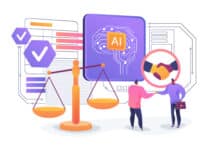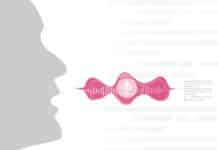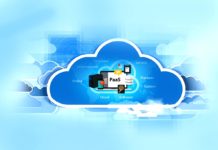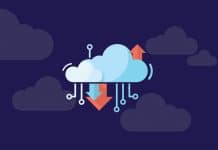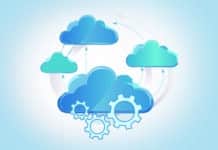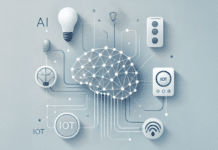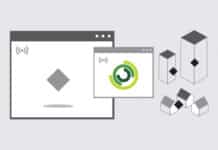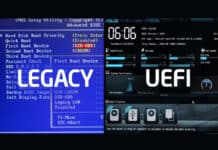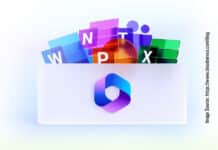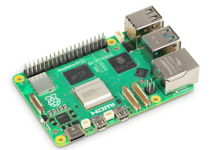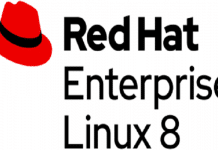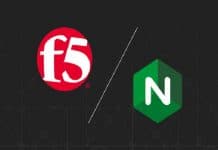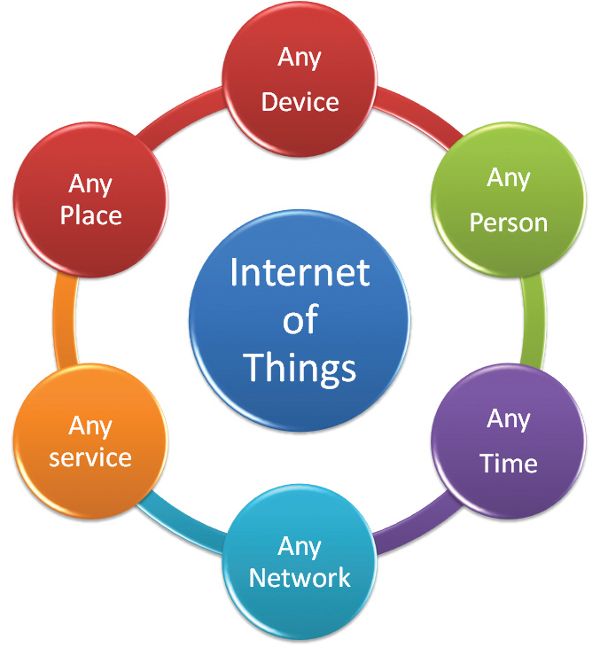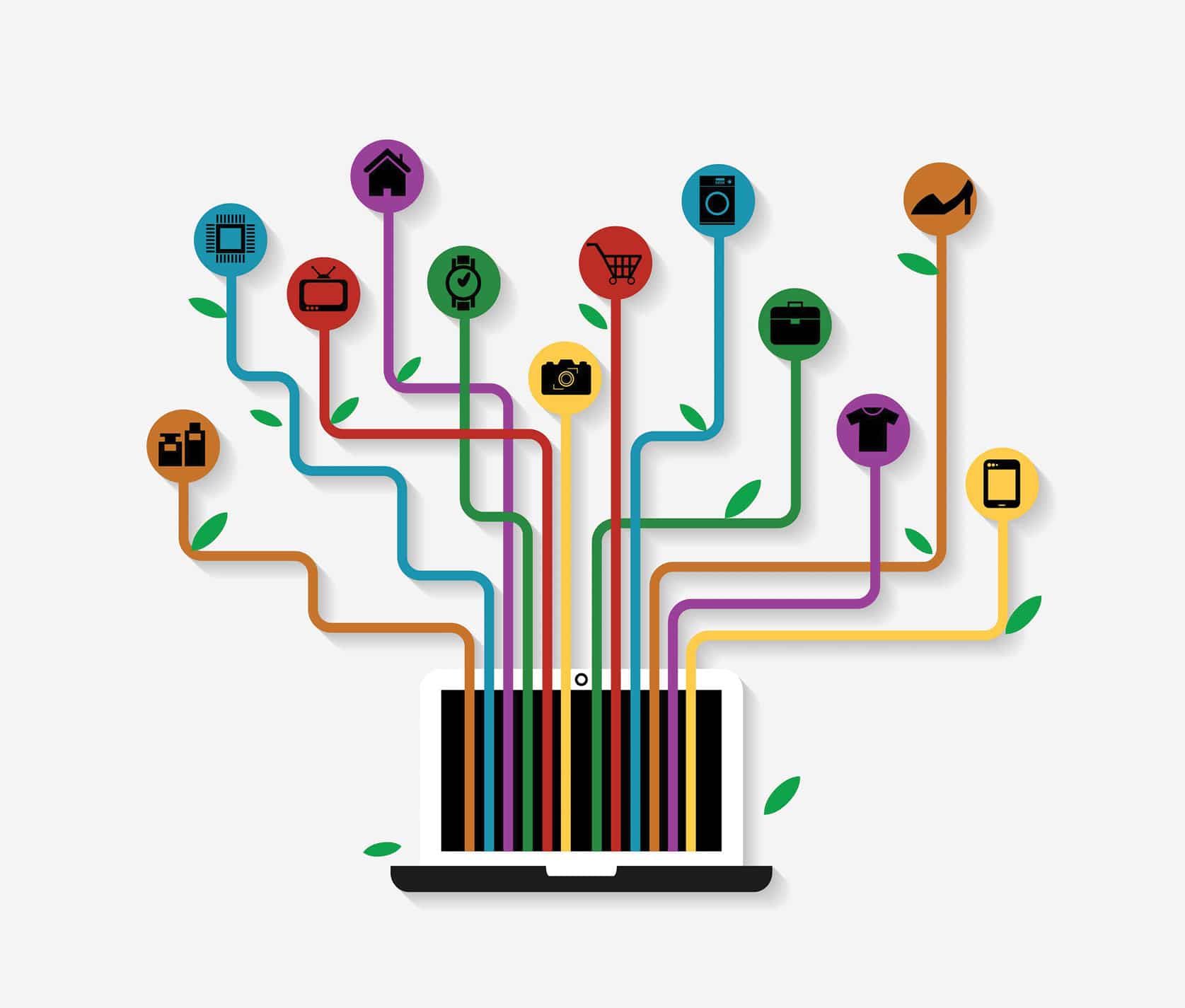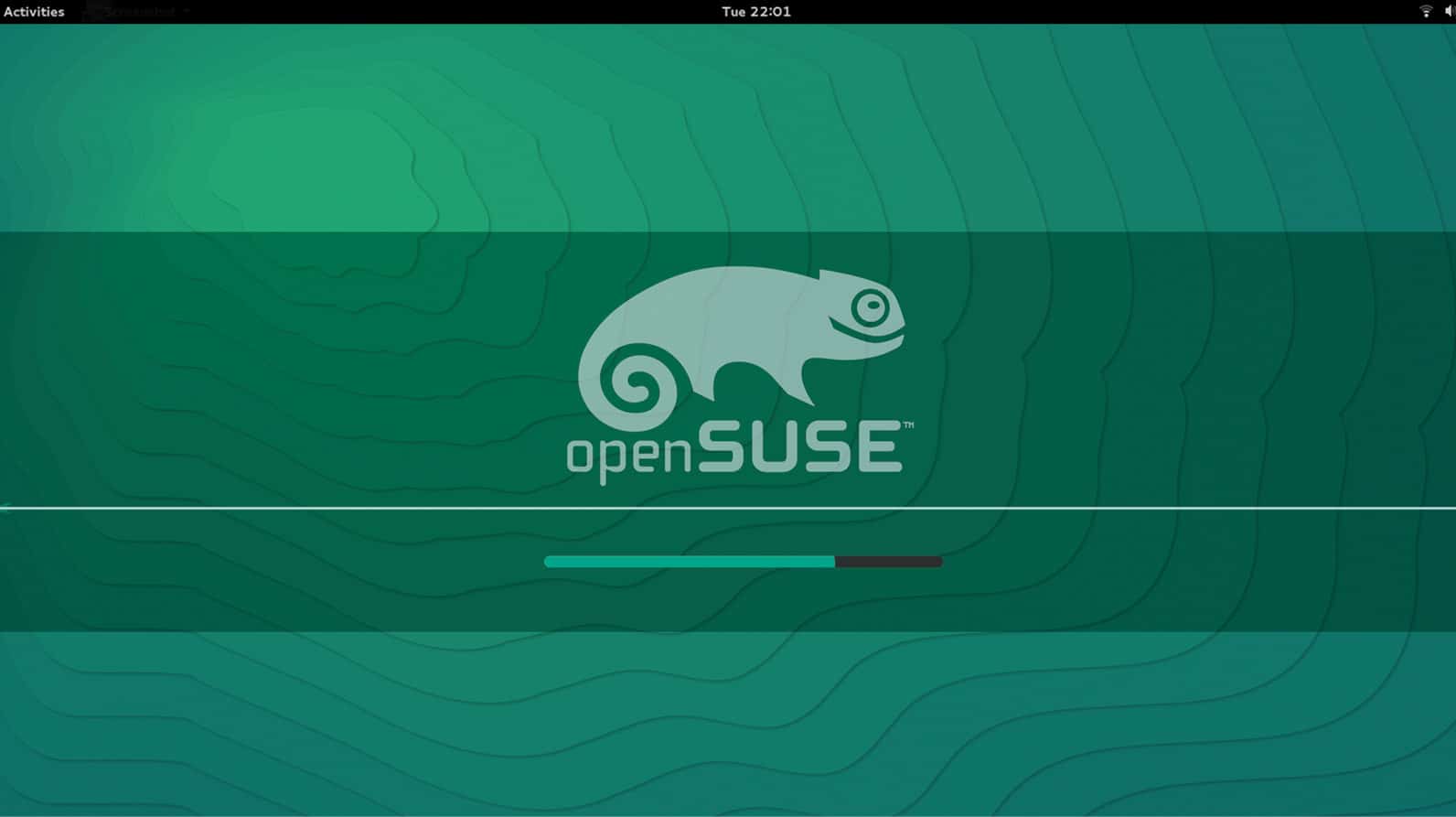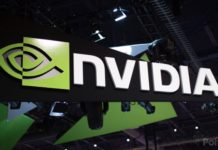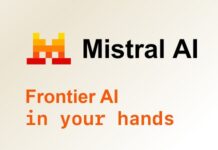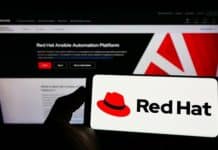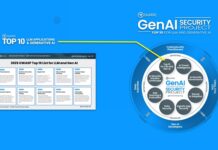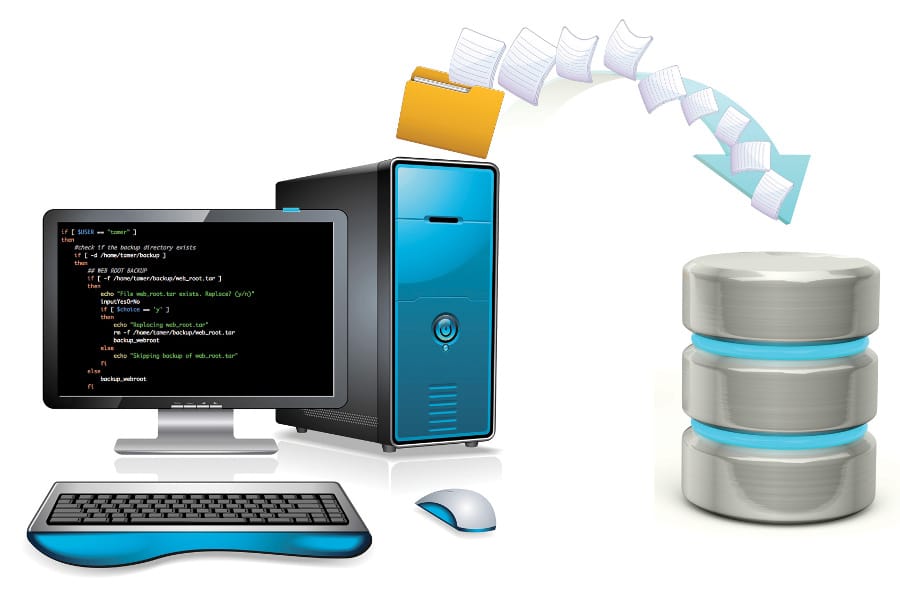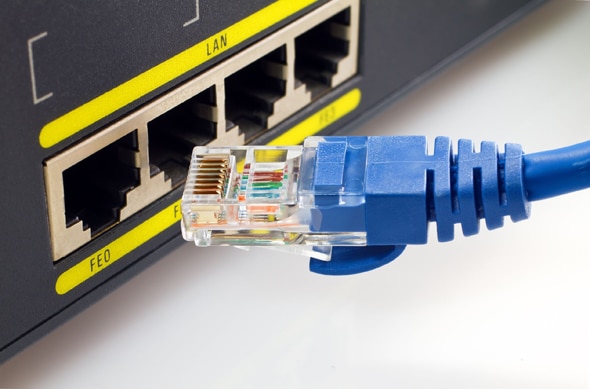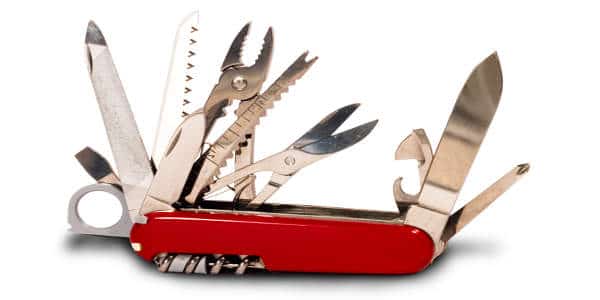Explore the main characteristics of Grafana, the open source analytics and visualisation tool for application in the Internet of Things, and see how it compares with other similar popular tools.
Grafana is a well-known open source Internet of Things (IoT) analytics and visualisation tool that allows users to view, query, and analyse data from a wide range of sources. Its user-friendly interface makes it possible to create a highly customisable dashboard with a variety of graph types. Its key features are:
Greater flexibility
Grafana has excellent flexibility in the integration of numerous data sources. It supports many databases and platforms, such as MQTT brokers, Prometheus, Elasticsearch, and InfluxDB. Highly customisable dashboards with a rich set of visualisation options also have plugins for specialised needs.
Real-time visualisation
Grafana’s real-time visualisation feature shows data that changes in real time as it is created or received from the data source. It supports a variety of data sources that can provide real-time data — for example, Prometheus for monitoring metrics, InfluxDB for time-series databases, and MQTT for IoT data. It also provides various panels that support real-time updates, and supports streaming through built-in live features, web sockets and HTTP APIs.
Scalability
Grafana is suitable for both small projects and enterprise-level IoT deployments. It handles large volumes of IoT data efficiently without affecting the performance of the system.
Extensible with open source characteristics
Grafana’s open source nature enables developers and businesses to utilise it without incurring licence fees. Use of the core Grafana software is free and open source. It is extensible as it can be tailored with plugins for custom panels and data sources.
Easy to use and operate
An easy-to-use interface allows dashboard creation and management without requiring a lot of coding expertise.
Community and ecosystem
The availability of plugins and extensions as well as ongoing support are guaranteed by a sizable community.
Table 1: Comparison of Grafana with other popular tools
|
Salient |
Grafana |
ThingsBoard |
Kibana |
Freeboard |
Node-RED |
|
Setup |
Easy setup for basic use. However, it requires manual configuration for some advanced use |
Easy |
Similar to Grafana but optimised for Elasticsearch |
Easy |
Easy |
|
Visualisation capacity |
Provides extensive real-time, time-series data visualisation. Highly customisable dashboards |
IoT platform with a focus on device management and telemetry. Predefined widgets and templates; moderately customisable |
Limited but powerful visualisation |
Limited visualisation capacity |
Limited visualisation capacity |
|
Data source support |
Wide range of data support |
IoT-centric data support |
Limited data support |
Data support is limited to JSON and API |
Moderate data support |
|
Real-time data capability |
Yes |
Yes |
Yes |
Yes |
Yes |
|
Extensibility |
High; extensibility can be achieved using plugins |
Moderate extensibility |
Moderate extensibility |
Low |
High — can be achieved using custom nodes. |
|
Performance |
Excellent for IoT, particularly for time series applications |
Good for IoT applications |
Excellent for applications having logs data |
Moderate |
Moderate |
|
Integration capability |
Excellent |
Built-in IoT integration |
Integration is good with ELK |
Limited |
Flexible |
Use cases for Internet of Things
Grafana’s ability to process and visualise real-time, time-series data from a variety of sources makes it a great tool for Internet of Things (IoT) applications. Some typical use cases are listed below.
Environmental monitoring
Grafana tools help monitor environmental factors like temperature, humidity, air quality, and noise levels by gathering and displaying data from Internet of Things sensors. Data sources like MQTT, AWS IoT, or custom APIs are vital for such use cases. Grafana helps to generate dynamic and powerful visualisations that display environmental data through a dynamic dashboard.
Soil monitoring
One of the most important uses of IoT in environmental sciences and agriculture is soil monitoring. Farmers and researchers can make well-informed decisions to maximise crop production, conserve water, and preserve soil health by visualising soil data in Grafana. Grafana dashboards display soil moisture, temperature, and nutrient levels. The tool also analyses trends for planning irrigation.
Predictive maintenance
Predictive maintenance anticipates and fixes equipment issues before they happen by using data analytics. Organisations can optimise maintenance schedules, minimise downtime, and monitor equipment health by integrating IoT sensors, data storage, and Grafana dashboards.
Smart energy management
By facilitating real-time monitoring, analysis, and optimisation of energy production and consumption, Grafana can be a potent tool for smart energy management. Organisations may monitor energy consumption, identify inefficiencies, and make data-driven decisions to lower expenses and enhance sustainability by combining Grafana with IoT devices and data sources.
Patient monitoring
Grafana is a great tool for patient monitoring since it lets medical professionals see, evaluate, and notify patients in real time. Clinicians may improve patient outcomes by continually monitoring vital signs, identifying abnormalities, and promptly intervening by integrating Grafana with IoT medical equipment.
Smart grid and renewable energy
Grafana is a useful tool for renewable energy systems and smart grid monitoring and optimisation. Energy providers can effectively manage the production, distribution, and consumption of electricity because of its real-time display, historical analysis, and alerting features.
Comparison of Grafana with other IoT visualisation tools
Grafana is a powerful visualisation tool for IoT based applications. Several other tools are also available that provide similar features and functionalities. However, all these differ in various ways. Table 1 compares Grafana with four other tools based on a few salient parameters.
Limitations of Grafana
Grafana can be difficult for novices to learn because it requires familiarity with data sources, queries, and a visualisation setup. Advanced customisation requires knowledge of scripting and JSON technologies. Some advanced visualisation may not work for all categories of data.
Grafana does not store the data, and depends on external databases to do so. Numerous intricate panels or data points on a dashboard can cause it to lag and use more resources. Community plugins might not be regularly maintained and frequently lack thorough documentation.
It has some scaling challenges as the number of users increases.
Grafana is a strong and flexible visualisation tool that works especially well for observability and real-time monitoring. It works best when combined with contemporary data sources because it provides a great deal of scalability and customisation. Alternative tools like ThingsBoard (for IoT), Kibana (for Elasticsearch), or Node-RED (for workflow orchestration) may be more appropriate in some cases as Grafana has a higher learning curve. Freeboard may be adequate for dashboards that are lightweight.


